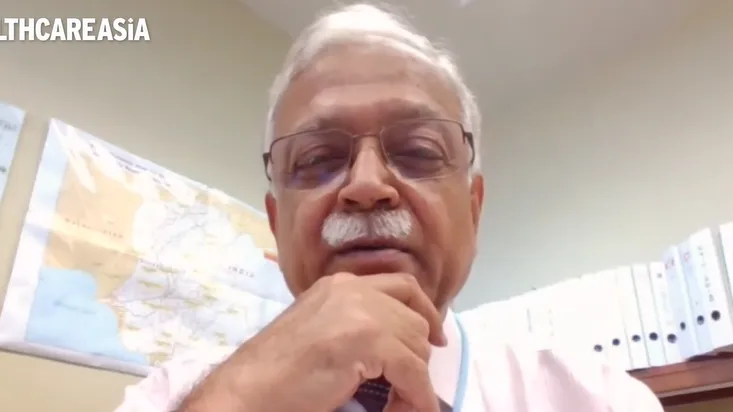
What’s lagging in viral hepatitis prevention amongst pregnant women in Asia Pacific?
Lack of screening and medication hound elimination of disease amongst pregnant women.
When the World Health Organisation (WHO) unveiled a goal and roadmap in a bid to eliminate viral hepatitis in the Asia Pacific (APAC) region, a non-government organisation, Coalition to Eradicate Viral Hepatitis in the Asia Pacific (CEVHAP), stepped in to form policies that will help achieve this target.
The WHO’s goal is to reduce the prevalence of hepatitis B, a liver infection stemming from the hepatitis B virus (HBV), in the region. According to its 2018 regional framework to eliminate viral hepatitis from 2018 to 2030, APAC has a significant burden of hepatitis B, with 115 million people in the Western Pacific region at risk of living with chronic hepatitis B whilst 39 million people in Southeast Asia region are sickened with the hepatitis B infection.
Whilst there are already gains in the eradication of hepatitis, such as the widespread vaccination programmes in the region, CEVHAP co-chairman Saeed Hamid said there is much to do, specifically for treating pregnant women, who can transmit the disease to their children.
“A birth dose hepatitis B vaccine, which is one of the most effective interventions, 67% get a birth dose and 33% don't. For the three-dose vaccine, we're doing quite well, with 91%. But for treating pregnant women, that's not doing very well, that's just 8%,” Hamid told Healthcare Asia.
Screening not enough
There is a lack of screening or testing for Hepatitis B amongst pregnant mothers in the Asia Pacific, which affects WHO’s target to prevent viral hepatitis, Hamid said.
According to a peer-reviewed US journal, American Family Physician, the principal screening to uncover hepatitis B viral infection is a serological test or blood test for HBsAg, which can be done at the first prenatal visit.
“If you don't test, you don't know who is positive and you can't figure out whether giving them treatment would be helpful or would not be needed,” said Hamid.
Aside from this, pregnant women are also hesitant when taking medications for hepatitis B, Hamid pointed out.
“Although [medications] have been proven to be completely safe and devoid of any side effects. I think work needs to be done on this. It is an effective intervention that will certainly stop the transmission to the newborn,” he said.
CEVHAP said in its previous reports that hepatitis B can be effectively mitigated with antiviral medication such as nucleoside analogues, including entecavir and tenofovir.
These types of medication are safe for controlling viral replication and reducing liver infection.
Uneven treatment of Hepatitis C
World health leaders are also seeking to eliminate Hepatitis C, an inflammation of the liver triggered by the hepatitis C virus (HCV).
CEVHAP said unsafe injection practices and health care settings are the major transmission of the virus. There is no available vaccine for it but it is curable through direct-acting antivirals.
In the Asia Pacific, however, Hamid said the disparity in therapies to reduce HCV was caused by price issues.
“Asia Pacific is a mixture of high-income countries, middle-income countries, and low-middle-income countries. That unevenness has caused disparities in the access to therapies because of various reasons, price negotiations, and availability,” he said.
He cited that some lower and middle-income nations of Asia Pacific offer cheap and generic medications to help treat people infected with HCV.
“[Lower and middle-income countries] have allowed us to treat a large number of people or at least the ability to treat a large number of people and therefore try and eliminate hepatitis C. That's what countries like Pakistan, India, and Bangladesh are focusing on having announced large elimination programs, which will treat millions,” Hamid said.
For some countries like Malaysia, Hamid said pricing negotiations for HCV medications are slow.
“It has been difficult to gain access [to medications]. For example, Malaysia, where the price, they do not have easy access to generics, and the negotiations of pricing with the standard companies with the originator products have been very slow,” said Hamid.
Currently, the Asian region has experienced the majority of the global disease burden caused by chronic hepatitis B and hepatitis C, with 63% of viral hepatitis-related infections worldwide happening in APAC.



















 Advertise
Advertise





